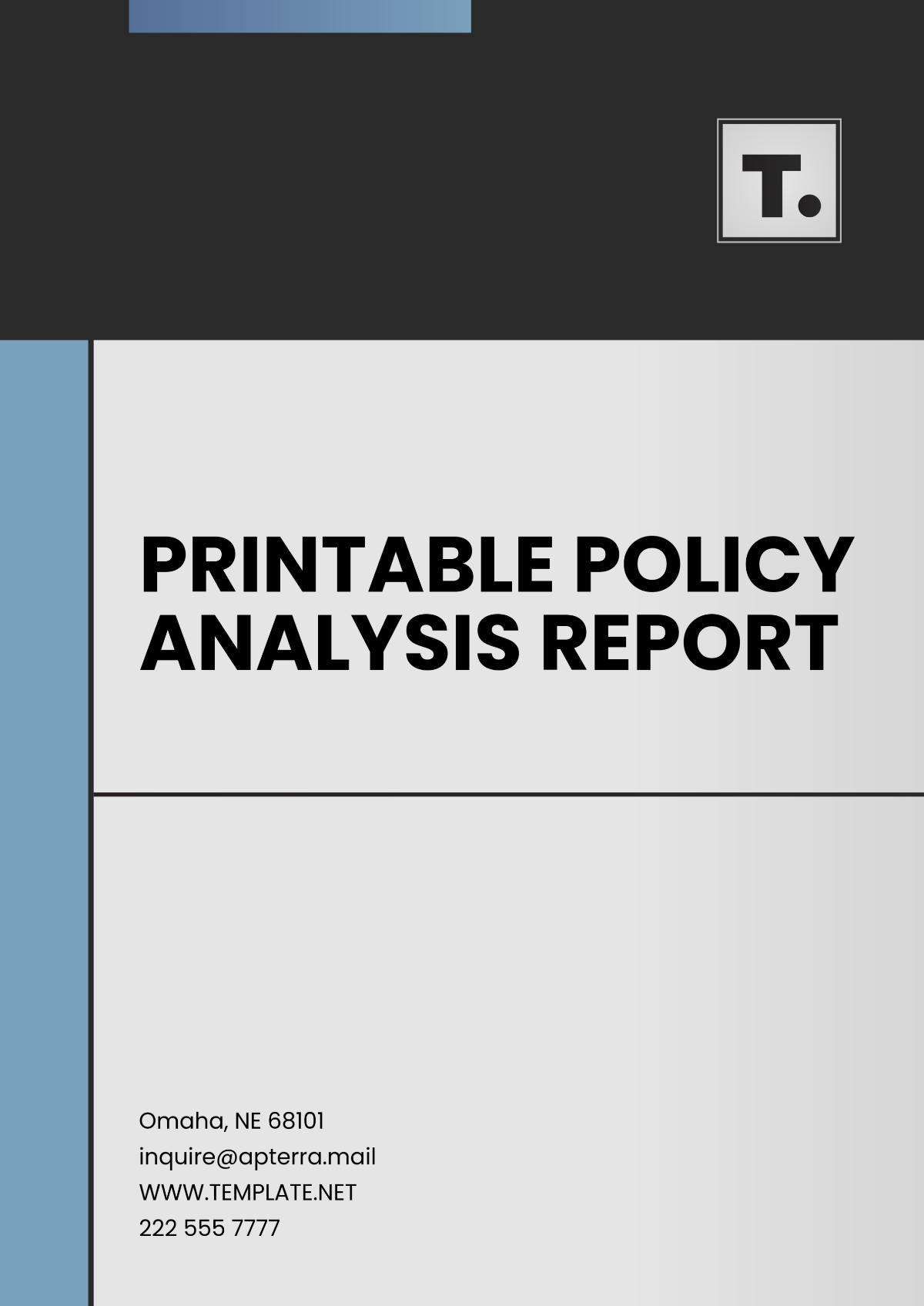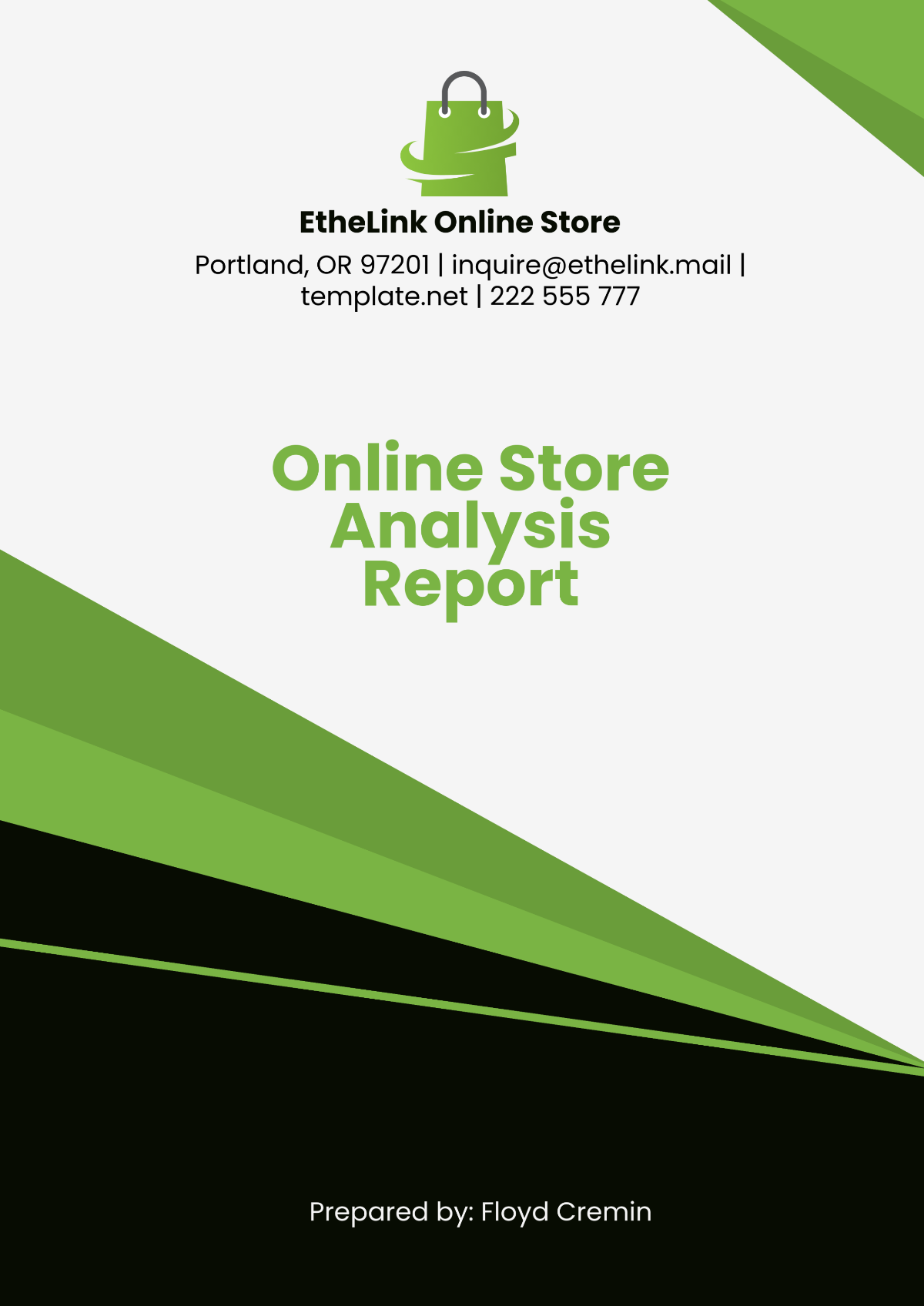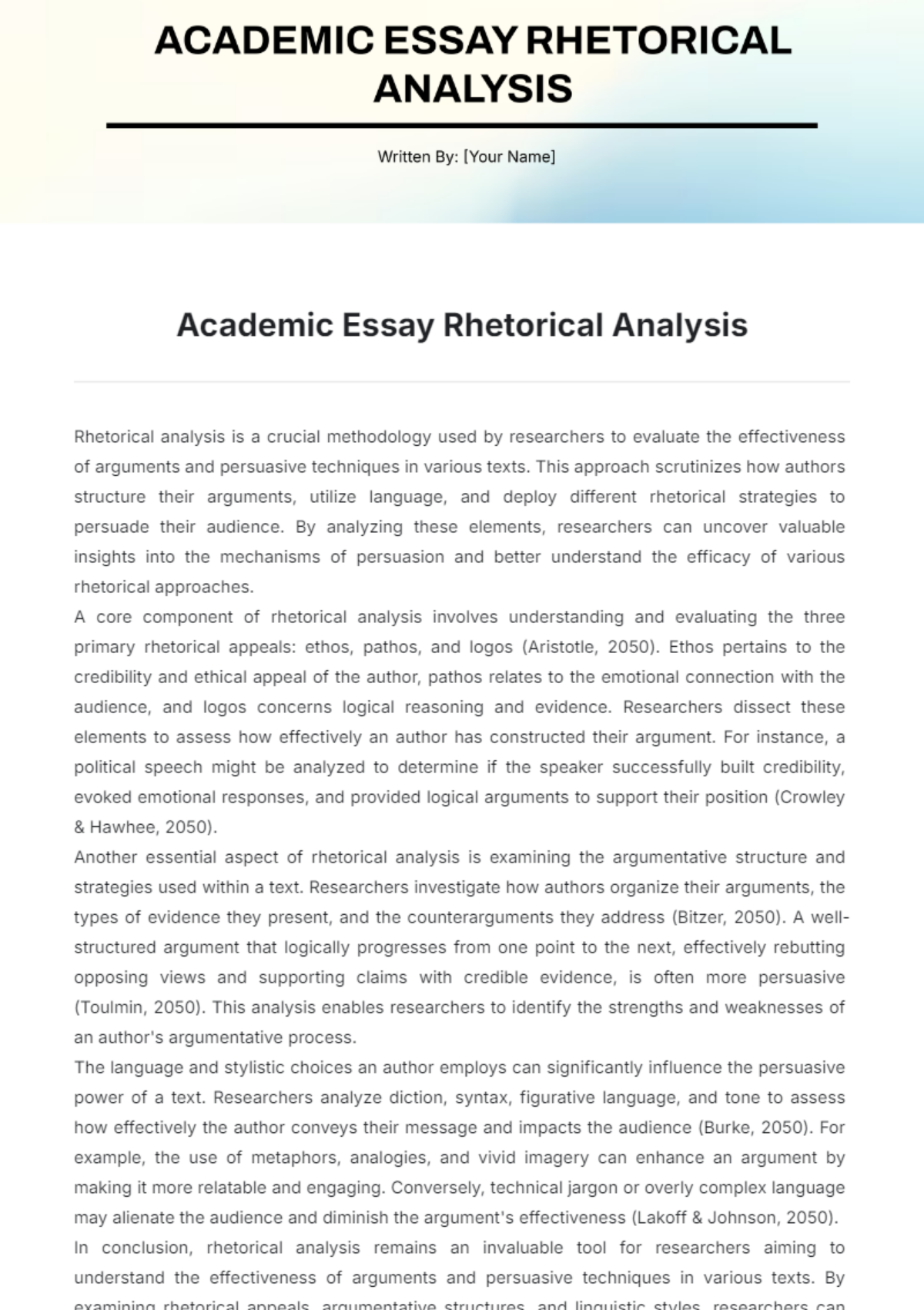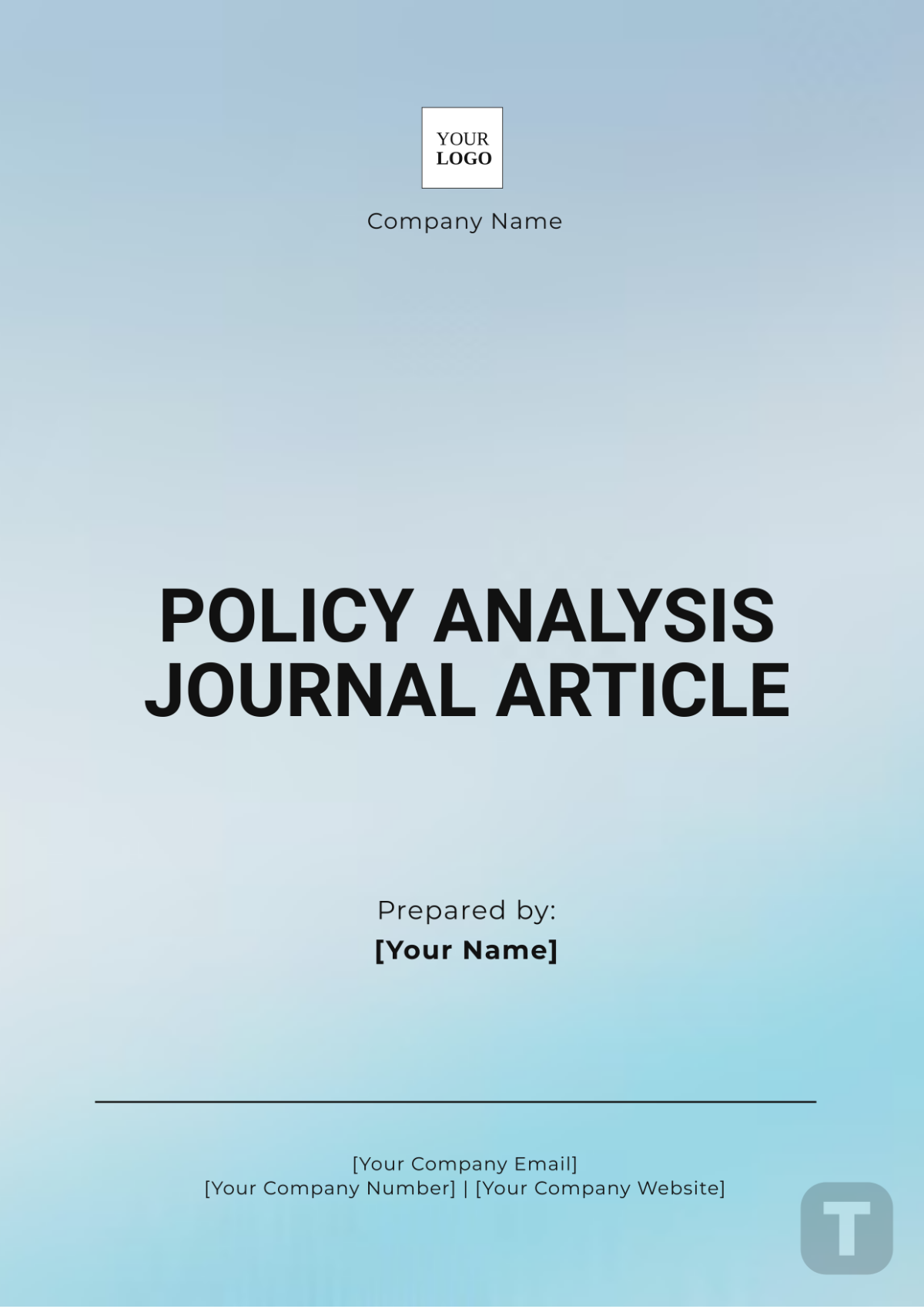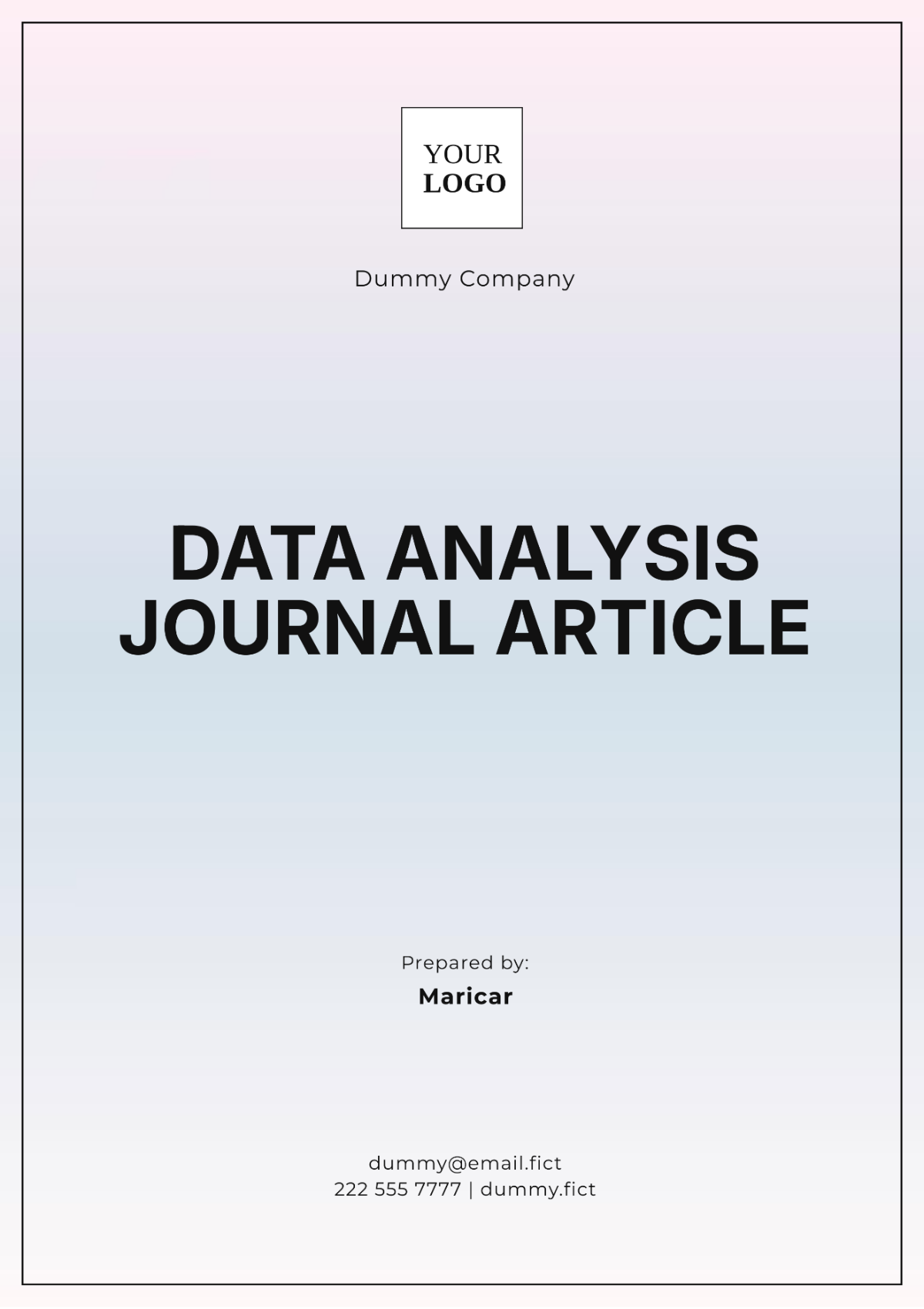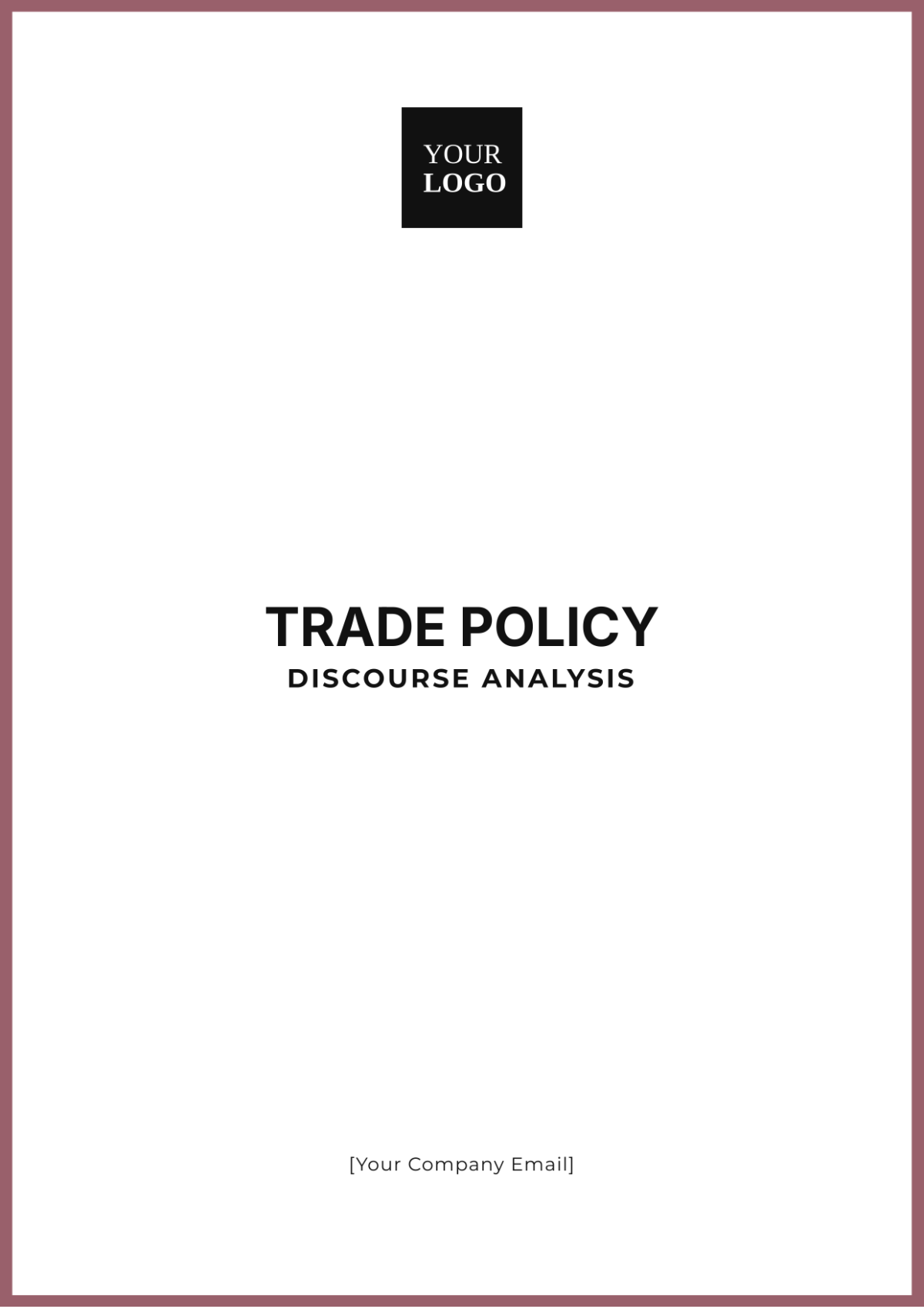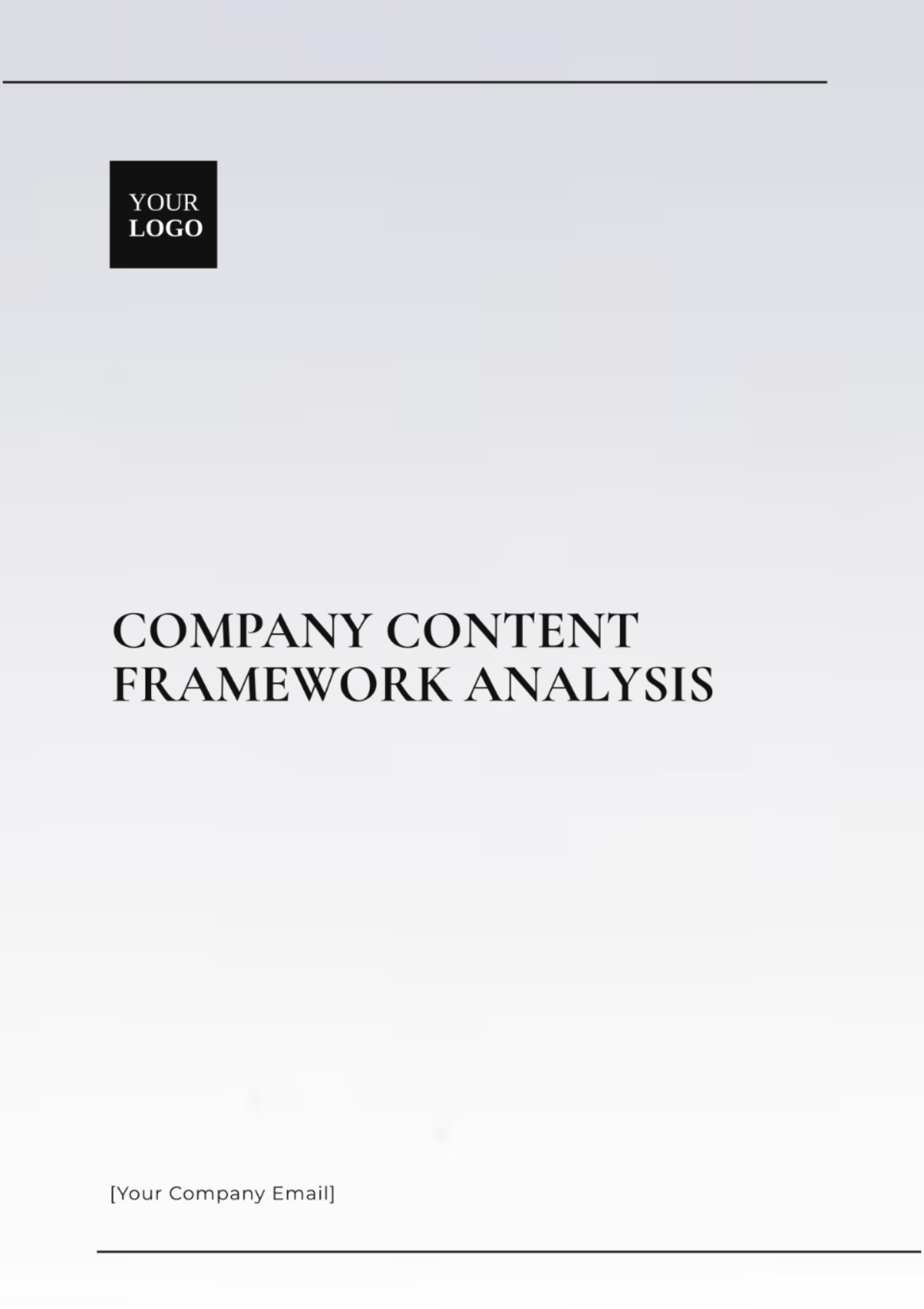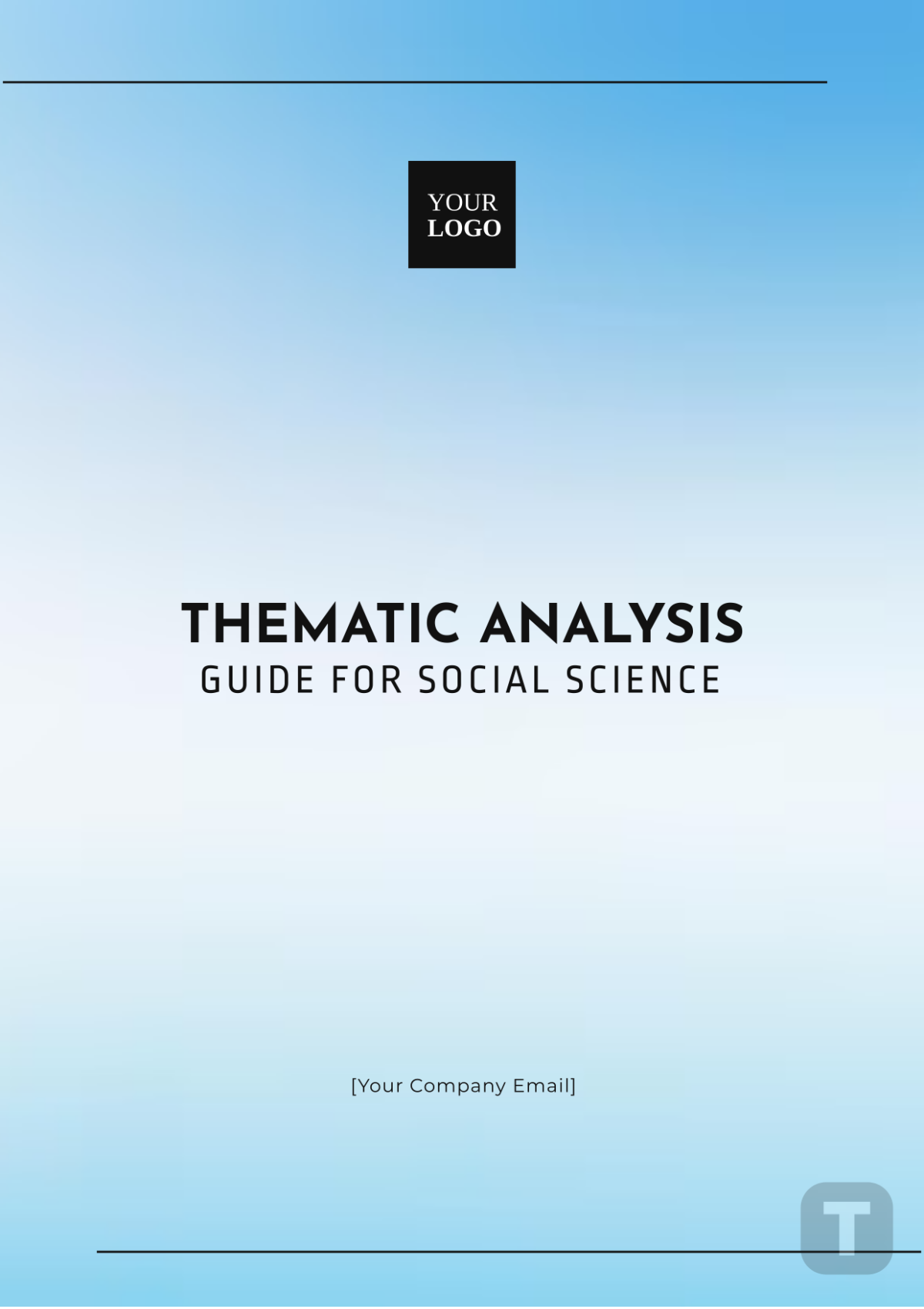Restaurant Vendor Performance Analysis
I. Introduction
A. Purpose of the Analysis
The purpose of this analysis is to evaluate the performance of vendors supplying goods and services to our restaurant. By assessing various aspects of vendor performance, we aim to identify areas for improvement, optimize our vendor relationships, and enhance the overall efficiency of our operations.
B. Overview of Vendor Performance Evaluation Process
The evaluation process involves analyzing key performance metrics such as product quality, timeliness of deliveries, pricing, reliability, customer service, and compliance. Data will be collected from multiple sources and analyzed to provide insights into vendor performance.
C. Scope and Objectives
The analysis will focus on our current vendors across different product categories, including food ingredients, beverages, kitchen equipment, and cleaning supplies. The objectives are to identify top-performing vendors, address any performance issues, and develop strategies to improve overall vendor management.
II. Vendor Selection Criteria
A. Criteria Used for Selecting Vendors
The criteria we use to select our vendors are grounded in a variety of factors including the quality of the products they offer, their reliability as a supplier, the pricing of their goods, their ability to deliver products efficiently, the level of customer service they provide, and their adherence to necessary regulatory standards.
B. Rationale Behind Vendor Selection Criteria
These criteria are essential for ensuring that our vendors meet the standards and requirements of our restaurant, ultimately contributing to the success of our operations and the satisfaction of our customers.
III. Vendor Information
A. List of Current Vendors
Vendor Name | Product/Service Provided | Contact Information |
|---|---|---|
[Company A] | Fresh Produce | [Phone] |
[Company B] | Beverages | [Email] |
[Company C] | Kitchen Equipment | [Website] |
B. Contact Information and Contract Details
The contact information for each vendor encompasses details of the primary contact person, alongside their phone number and email address. Additionally, it includes pertinent contract information, which covers the start and end dates of the contract, as well as specific terms and conditions associated with it.
C. Products/Services Supplied by Each Vendor
[Company A] supplies a variety of fresh produce including fruits, vegetables, and herbs sourced locally and internationally. [Company B] provides a range of beverages including soft drinks, juices, and alcoholic beverages from various brands. [Company C] offers kitchen equipment such as stoves, refrigerators, and cooking utensils, along with maintenance services and equipment warranties.
IV. Performance Metrics
A. Quality of Products/Services
Our assessment of product quality includes evaluating factors such as freshness, taste, consistency, and adherence to specifications through regular taste tests, visual inspections, and customer feedback analysis.
B. Timeliness of Deliveries
We track the on-time delivery rate and lead time variability to ensure that vendors meet our delivery schedule requirements consistently. Any delays are documented and analyzed to identify root causes and potential solutions.
C. Pricing and Cost-effectiveness
Comparison of vendor prices with market rates and assessing pricing stability over time help us determine the cost-effectiveness of each vendor. We also consider factors such as discounts, bulk purchasing incentives, and total cost of ownership in our evaluation.
D. Reliability and Consistency
We measure the accuracy of orders and frequency of issues or errors to gauge the reliability and consistency of vendors. This includes tracking order fulfillment rates, invoice accuracy, and the occurrence of damaged or incorrect items.
E. Customer Service and Support
Assessment of responsiveness to inquiries, handling of complaints, and overall satisfaction with customer service helps us evaluate vendor support. We maintain regular communication channels with vendors and solicit feedback from staff members to assess the level of customer service provided.
F. Compliance and Legal Requirements
We ensure that vendors comply with food safety standards, contractual agreements, and other regulatory requirements to mitigate risks and maintain legal compliance. Regular audits and inspections are conducted to verify compliance with relevant regulations and standards.
V. Data Collection Methods
A. Sources of Data
Data will be collected from purchase records, delivery logs, customer feedback, and direct communication with vendors. Additional sources include quality control reports, financial statements, and supplier performance scorecards.
B. Data Collection Procedures
Our team will collect data systematically using standardized templates and documentation methods to ensure consistency and accuracy. Data collection procedures will be documented in detail to facilitate training and ensure adherence to best practices.
C. Frequency of Data Collection
Data will be collected on a monthly basis, with periodic reviews conducted to track performance trends and identify any deviations. Exception reports will be generated for any significant variances or issues requiring immediate attention.
VI. Analysis Methodology
A. Evaluation Criteria and Weighting
The evaluation criteria for vendor performance have been carefully selected to align with our business objectives and customer expectations. Each criterion has been assigned a weighting factor based on its relative importance to our operations and overall satisfaction of our customers. For example, product quality may be assigned a higher weight than pricing, reflecting its critical role in maintaining customer loyalty and satisfaction.
B. Calculation of Performance Scores
Performance scores for each vendor will be calculated based on their performance against the predefined evaluation criteria and corresponding weightings. Numerical ratings or scores will be assigned to each criterion, which will then be aggregated to derive an overall performance score for each vendor. This systematic approach ensures consistency and objectivity in evaluating vendor performance across different dimensions.
C. Comparative Analysis of Vendor Performance
Once performance scores are calculated, a comparative analysis will be conducted to identify top-performing vendors and areas for improvement. Vendors will be ranked based on their overall performance scores, allowing us to identify strengths and weaknesses relative to their peers. This analysis will provide valuable insights into vendor performance trends, benchmarks, and opportunities for optimization, guiding our decision-making and strategic initiatives for vendor management.
VII. Findings and Results
A. Summary of Vendor Performance
Based on our analysis, [Company A] consistently scores high in product quality and reliability, with timely deliveries and excellent customer service. However, [Company B] has shown inconsistencies in delivery timeliness and customer service responsiveness, while [Company C] excels in reliability but faces challenges in pricing competitiveness.
B. Identification of Strengths and Weaknesses
The strengths of our top-performing vendors include consistent product quality, reliable deliveries, and responsive customer service. Weaknesses are primarily related to pricing competitiveness, delivery timeliness, and occasional lapses in communication and support.
C. Trends and Patterns Observed
We observed a positive trend in the overall performance of [Company A], attributed to their commitment to quality and responsiveness to feedback. However, there is a concerning trend of increasing delivery delays from [Company B], which requires immediate attention and corrective action.
VIII. Recommendations
A. Actions to Improve Vendor Performance
To address issues with delivery timeliness and customer service responsiveness from [Company B], we recommend providing additional training to their delivery staff and establishing clear communication channels for addressing customer concerns. For [Company C], renegotiating pricing contracts to achieve a better balance between cost and quality could enhance their competitiveness. Additionally, implementing a structured feedback mechanism for all vendors would facilitate ongoing communication and help identify potential areas for improvement.
B. Suggestions for Contract Renegotiation or Termination
Considering the consistent performance issues with [Company B], we may need to renegotiate contract terms to include penalties for late deliveries and inadequate customer service. However, termination should be considered as a last resort after exhausting all efforts to improve performance. For vendors consistently failing to meet our standards despite remedial actions, exploring alternative suppliers or diversifying our vendor portfolio may be necessary to ensure continuity of supply and maintain service levels.
C. Opportunities for Collaboration or Partnership
Opportunities for collaboration with top-performing vendors could include joint marketing campaigns, product development initiatives, or participation in industry events. By leveraging our strengths and resources in partnership with vendors, we can create mutually beneficial opportunities for growth and innovation. Exploring strategic partnerships with vendors who align with our values and vision can also enhance our brand reputation and market positioning.
IX. Implementation Plan
A. Steps to Implement Recommendations
The first step will be to schedule meetings with vendor representatives to discuss performance feedback and action plans for improvement. Following this, contract amendments or modifications will be initiated to formalize agreements on incentives or penalties. Finally, a system for monitoring progress and providing ongoing support to vendors will be established to ensure successful implementation of improvement initiatives.
B. Timeline for Implementation
Initiating discussions with vendors within the next two weeks will allow us to address immediate concerns and set performance improvement targets promptly. Contract amendments or modifications should be implemented within one month to formalize agreements on incentives or penalties. Subsequent quarterly reviews will enable us to track progress and make adjustments as necessary to achieve desired outcomes.
C. Responsible Parties and Resources Needed
The Procurement Manager will be responsible for coordinating discussions and negotiations with vendors, while the Operations Team will provide support and resources for implementing improvement initiatives. The Finance Department will assess the financial implications of contract amendments and incentives, ensuring alignment with overall business objectives and budgetary constraints.
X. Monitoring and Review
A. Plan for Ongoing Monitoring of Vendor Performance
Establishing a regular cadence for performance reviews with vendors, such as monthly or quarterly meetings, will enable us to track progress against agreed-upon targets. Additionally, implementing a system for collecting feedback from internal stakeholders and customers will provide valuable insights into vendor performance and help identify areas for improvement proactively.
B. Frequency of Performance Reviews
Conducting monthly performance reviews initially will allow us to address immediate issues and track progress on improvement initiatives effectively. Transitioning to quarterly reviews once performance stabilizes, with ad hoc reviews as needed to address any significant deviations or concerns, will ensure continuous improvement and accountability.
C. Process for Updating the Vendor Performance Analysis
Reviewing and updating the Vendor Performance Analysis annually to incorporate changes in vendor relationships, performance metrics, or business priorities is essential for maintaining relevance and effectiveness. Soliciting feedback from stakeholders will ensure that the analysis remains aligned with organizational goals and objectives, driving continuous improvement and innovation.
XI. Conclusion
A. Summary of Key Findings
In summary, the Restaurant Vendor Performance Analysis provides valuable insights into the strengths and weaknesses of our vendor relationships and offers actionable recommendations for improvement. By implementing these recommendations and maintaining a proactive approach to vendor management, we can optimize our supply chain and enhance the overall success of our restaurant operations.
B. Importance of Vendor Performance Management
Effective vendor performance management is critical to ensuring the quality, reliability, and cost-effectiveness of the goods and services supplied to our restaurant. By continuously monitoring and improving vendor performance, we can minimize risks, maximize value, and maintain a competitive edge in the market, ultimately driving long-term success and profitability.
C. Future Outlook and Considerations
Looking ahead, we remain committed to prioritizing vendor performance management as a key strategic initiative and investing resources in building strong, collaborative relationships with our suppliers. By fostering a culture of accountability and excellence in vendor management, we aim to achieve sustainable growth and success for our restaurant in the ever-evolving marketplace.


